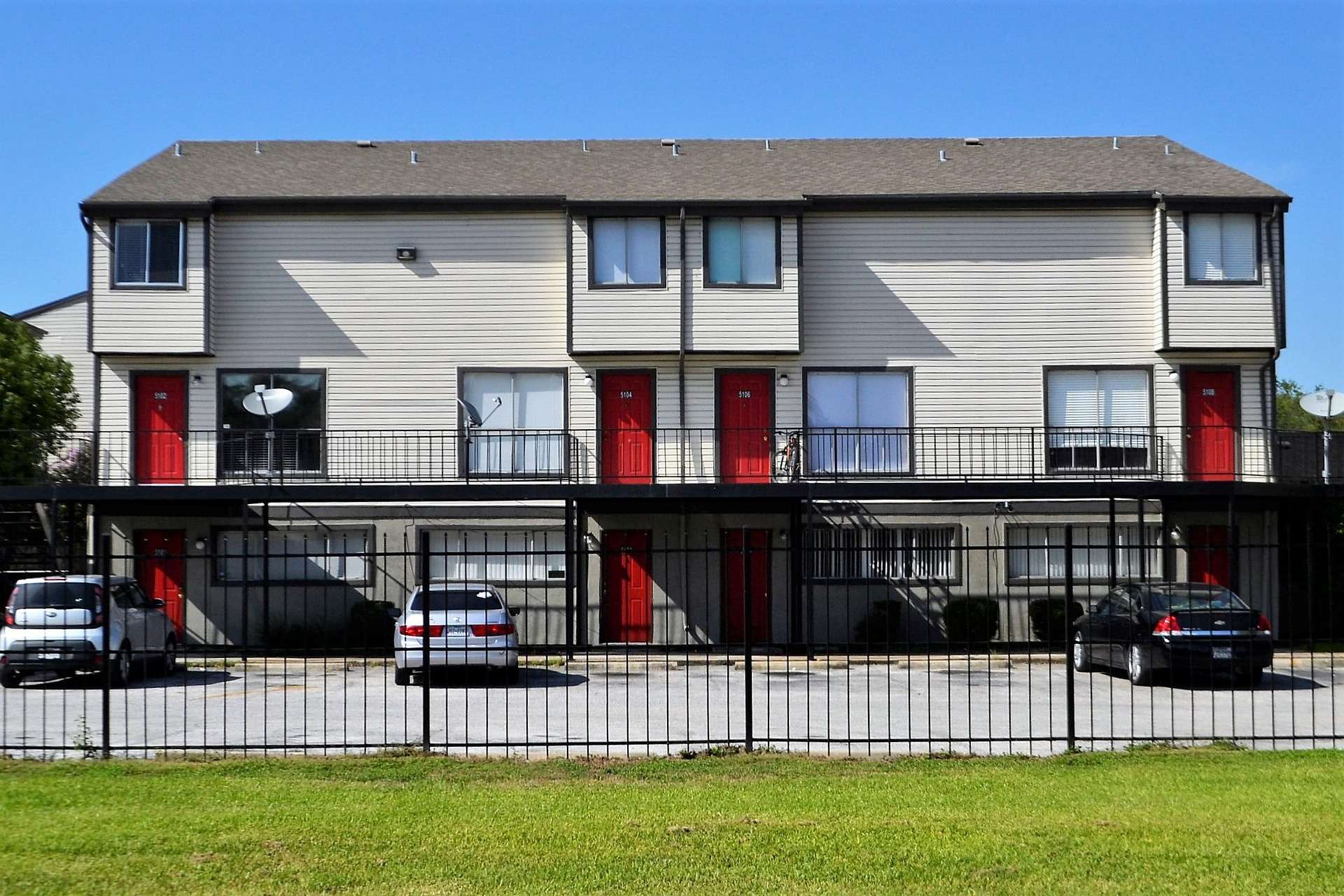
Estimating the value of real estate is necessary for a variety of endeavors, including financing, sales listing, investment analysis, property insurance, and taxation. But for most people, determining the asking or purchase price of a piece of real property is the most useful application of real estate valuation. This article will provide an introduction to the basic concepts and methods of real estate valuation, particularly as it pertains to sales.
Key Takeaways
- Valuing real estate is difficult since each property has unique features such as location, lot size, floor plan, and amenities.
- General real estate market concepts like supply and demand in a given region will certainly play into a particular property's overall value.
- Individual properties, however, must be subject to appraisal, using one of several methods to ascertain a fair value.
Real Estate Valuation: What You Should Know
Basic Valuation Concepts
Technically speaking, a property's value is defined as the present worth of future benefits arising from the ownership of the property. Unlike many consumer goods that are quickly used, the benefits of real property are generally realized over a long period of time. Therefore, an estimate of a property's value must take into consideration economic and social trends, as well as governmental controls or regulations and environmental conditions that may influence the four elements of value:
- Demand: the desire or need for ownership supported by the financial means to satisfy the desire
- Utility: the ability to satisfy future owners' desires and needs
- Scarcity: the finite supply of competing properties
- Transferability: the ease with which ownership rights are transferred
Value Versus Cost and Price
Value is not necessarily equal to cost or price. Cost refers to actual expenditures – on materials, for example, or labor. Price, on the other hand, is the amount that someone pays for something. While cost and price can affect value, they do not determine value. The sales price of a house might be $150,000, but the value could be significantly higher or lower. For instance, if a new owner finds a serious flaw in the house, such as a faulty foundation, the house's value could be lower than the price.
Market Value
An appraisal is an opinion or estimate regarding the value of a particular property as of a specific date. Appraisal reports are used by businesses, government agencies, individuals, investors, and mortgage companies when making decisions regarding real estate transactions. The goal of an appraisal is to determine a property's market value – the most probable price that the property will bring in a competitive and open market.
Market price, the price at which property actually sells, may not always represent the market value. For example, if a seller is under duress because of the threat of foreclosure or if a private sale is held, the property may sell below its market value.
Appraisal Methods
An accurate appraisal depends on the methodical collection of data. Specific data, covering details regarding the particular property, and general data, pertaining to the nation, region, city, and neighborhood wherein the property is located, are collected and analyzed to arrive at a value. Appraisals use three basic approaches to determine a property's value.
Method 1: Sales Comparison Approach
The sales comparison approach is commonly used in valuing single-family homes and land. Sometimes called the market data approach, it is an estimate of value derived by comparing a property with recently sold properties with similar characteristics. These similar properties are referred to as comparables, and to provide a valid comparison, each must:
- Be as similar to the subject property as possible.
- Have been sold within the last year in an open, competitive market
- Have been sold under typical market conditions
At least three or four comparables should be used in the appraisal process. The most important factors to consider when selecting comparables are the size, comparable features, and – perhaps most of all – location, which can have a tremendous effect on a property's market value.
Comparables' Qualities
Since no two properties are exactly alike, adjustments to the comparables' sales prices will be made to account for dissimilar features and other factors that would affect value, including:
- Age and condition of buildings
- Date of sale, if economic changes occur between the date of sale of a comparable and the date of the appraisal.
- Terms and conditions of sale, such as if a property's seller was under duress or if a property was sold between relatives (at a discounted price)
- Location, since similar properties might differ in price from neighborhood to neighborhood
- Physical features, including lot size, landscaping, type and quality of construction, number and type of rooms, square feet of living space, hardwood floors, a garage, kitchen upgrades, a fireplace, a pool, central air, etc.
The market value estimate of the subject property will fall within the range formed by the adjusted sales prices of the comparables. Since some of the adjustments made to the sales prices of the comparables will be more subjective than others, weighted consideration is typically given to those comparables that have the least amount of adjustment.
Method 2: Cost Approach
The cost approach can be used to estimate the value of properties that have been improved by one or more buildings. This method involves separate estimates of value for the building(s) and the land, considering depreciation. The estimates are added together to calculate the value of the entire improved property. The cost approach makes the assumption that a reasonable buyer would not pay more for an existing improved property than the price to buy a comparable lot and construct a comparable building. This approach is useful when the property being appraised is a type that is not frequently sold and does not generate income. Examples include schools, churches, hospitals, and government buildings.
Building costs can be estimated in several ways, including the square-foot method, where the cost per square foot of a recently built comparable is multiplied by the number of square feet in the subject building; the unit-in-place method, where costs are estimated based on the construction cost per unit of measure of the individual building components, including labor and materials; and the quantity-survey method, which estimates the quantities of raw materials that will be needed to replace the subject building, along with the current price of the materials and associated installation costs.
Depreciation
For appraisal purposes, depreciation refers to any condition that negatively affects the value of an improvement to real property and takes into consideration the following:
- Physical deterioration, including curable deterioration, such as painting and roof replacement, and incurable deterioration, such as structural problems
- Functional obsolescence, which refers to physical or design features that are no longer considered desirable by property owners, such as outdated appliances, dated-looking fixtures, or homes with four bedrooms, but only one bath
- Economic obsolescence is caused by factors that are external to the property, such as being located close to a noisy airport or polluting factory.
Methodology
- Estimate the value of the land as if it were vacant and available to be put to its highest and best use using the sales comparison approach since land cannot be depreciated.
- Estimate the current cost of constructing the building(s) and site improvements.
- Estimate the amount of depreciation of the improvements resulting from deterioration, functional obsolescence, or economic obsolescence.
- Deduct the depreciation from the estimated construction costs.
- Add the estimated value of the land to the depreciated cost of the building(s) and site improvements to determine the total property value.
Method 3: Income Capitalization Approach
Often called simply the income approach, this method is based on the relationship between the rate of return an investor requires and the net income that a property produces. It estimates the value of income-producing properties such as apartment complexes, office buildings, and shopping centers. Appraisals using the income capitalization approach can be fairly straightforward when the subject property can be expected to generate future income and when its expenses are predictable and steady.
Direct Capitalization
Appraisers will perform the following steps when using the direct capitalization approach:
Gross Income Multipliers
The gross income multiplier (GIM) method can be used to appraise other properties that are typically not purchased as income properties, but that could be rented, such as one- and two-family homes. The GRM method relates the sales price of a property to its expected rental income. (For related reading, see "4 Ways to Value a Real Estate Rental Property")
For residential properties, the gross monthly income is typically used; for commercial and industrial properties, the gross annual income is used. The gross income multiplier method can be calculated as follows:
Sales Price ÷ Rental Income = Gross Income Multiplier
Recent sales and rental data from at least three similar properties can be used to establish an accurate GIM. The GIM can then be applied to the estimated fair market rental of the subject property to determine its market value, which can be calculated as follows:
Rental Income x GIM = Estimated Market Value
The Bottom Line
Accurate real estate valuation is important to mortgage lenders, investors, insurers and buyers, and sellers of real property. While appraisals are generally performed by skilled professionals, anyone involved in a real transaction can benefit from gaining a basic understanding of the different methods of real estate valuation.
Source: What You Should Know About Real Estate Valuation
https://www.creconsult.net/market-trends/what-you-should-know-about-real-estate-valuation/







